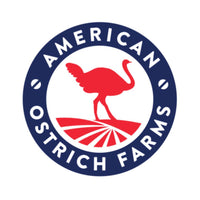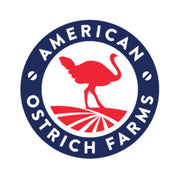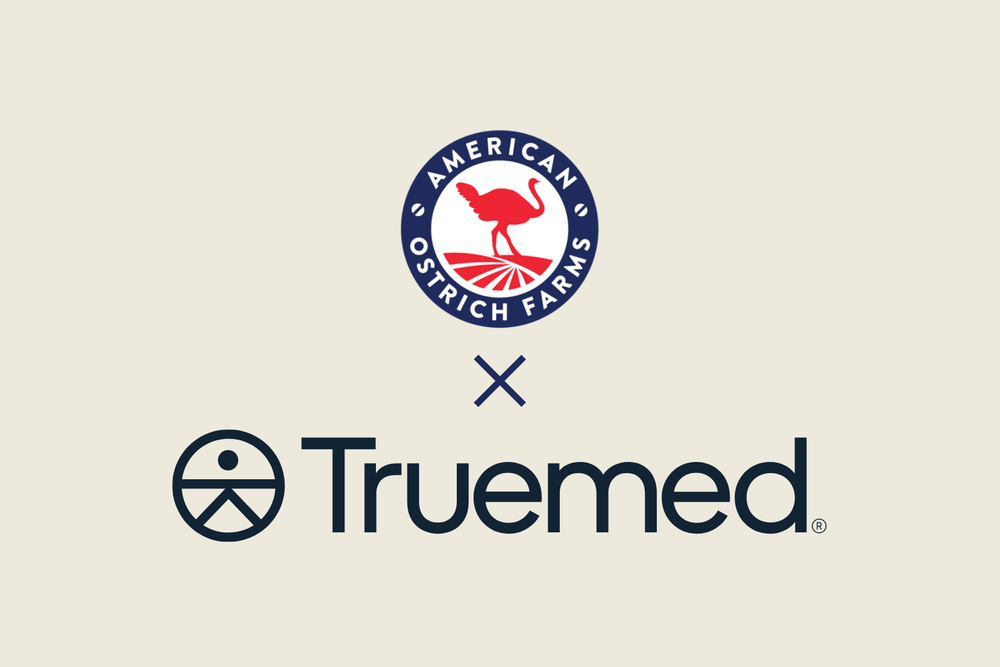Food sensitivities are one of the most common yet frustrating issues pet parents face today. If your dog or cat struggles with itchy skin, frequent ear infections, digestive upset, or hot spots that just won’t heal, their food could be the culprit. While it can be overwhelming to navigate what’s safe for your pet, the good news is that with patience, observation, and the right diet, you can help your furry friend live a healthier, happier life. Disclaimer: Consult your veterinarian for any dietary questions or concerns.
SIGNS YOUR PET MAY HAVE A FOOD SENSITIVITY
Food sensitivities are often confused with environmental allergies, but the symptoms tend to show up in a few consistent ways:
-
Persistent itching or licking, especially paws and belly
-
Chronic ear infections
-
Red, inflamed skin or hot spots
-
Loose stools, diarrhea, or vomiting
-
Excessive gas or bloating
If you notice these signs, it’s worth working with your veterinarian to rule out environmental triggers and consider dietary changes.
HOW TO ADDRESS FOOD SENSITIVITIES
Elimination Diets – The most reliable way to identify a food sensitivity is through an elimination diet, where your pet is fed a novel protein (something they’ve never eaten before) and limited ingredients for several weeks.
Introduce Novel Proteins – Pets often develop sensitivities to common proteins like chicken, beef, or lamb. A novel protein, such as ostrich, is far less likely to trigger a reaction.
Read Labels Carefully – Many commercial pet foods contain hidden fillers, by-products, or trace amounts of common allergens. Stick to brands that are transparent and simple in their ingredients.
Support the Gut – Just like humans, pets benefit from good gut health. Adding probiotics or omega-rich supplements can help reduce inflammation and support recovery.
INTRODUCING OSTRICH, A GAME CHANGER
Ostrich meat is gaining recognition as a superior protein option for pets with food sensitivities. Here’s why:
Unique Protein – Most pets have never been exposed to ostrich, making it ideal for elimination diets and reducing the risk of triggering sensitivities.
Lean and Nutritious – Ostrich is naturally low in fat but rich in protein, iron, and essential amino acids, supporting healthy muscle development without excess calories.
Highly Digestible – Its gentle profile makes it easier on sensitive stomachs compared to heavier meats like beef or pork.
Sustainable Choice – Beyond its health benefits, ostrich farming is environmentally friendly, making it a win-win for your pet and the planet.
MAKING A SWITCH
Transitioning to a new protein should always be gradual to avoid digestive upset. Start by mixing a small amount of ostrich into your pet’s current food, slowly increasing the portion over 7–10 days until the switch is complete. Monitor your pet’s skin, digestion, and energy levels along the way—you may be surprised at how quickly they improve.
Food sensitivities don’t have to mean a lifetime of discomfort for your pet. By being proactive and thoughtful about their diet, you can uncover what works best for them and give them the relief they deserve. If you’re searching for a clean, novel, and nutritious protein source, ostrich meat may be just the solution you—and your pet—have been looking for.






